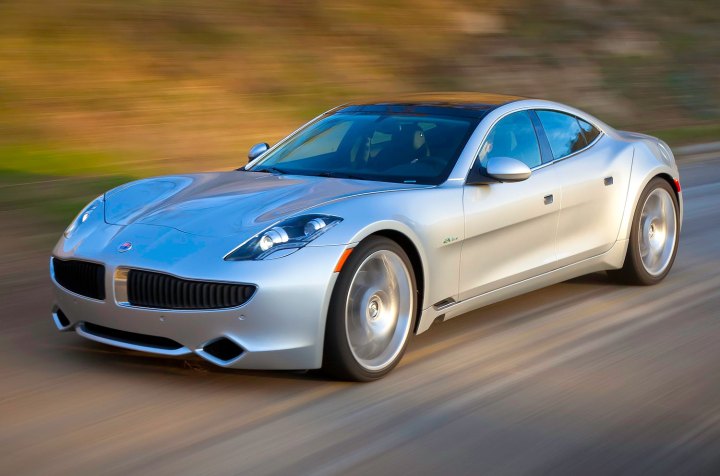
The fate of green-car startup Fisker Automotive has been decided, for now.
After declaring bankruptcy last year, the remains of company were put up for auction. With a bid of $149.2 million, Chinese auto-parts giant Wanxiang was the winner, Reuters reports.
The sale will be presented to the U.S. Bankruptcy Court in Wilmington, Delaware Tuesday for approval by Judge Kevin Gross.
Fisker previously appeared to be securely in the hands of Hybrid Technology Holdings, a group of investors lead by Hong Kong mogul Richard Li. However, Wanxiang entered a last-minute bid and – despite protests from Li’s group and Fisker – Judge Gross decided to re-open bidding.
Fisker’s creditors supported Wanxiang’s initial offer, but the company itself fought it. Wanxiang owns A123 Systems, Fisker’s battery supplier, and the carmaker argued that the parts conglomerate had cut off its supply of batteries, hastening the bankruptcy.
Fisker hasn’t built a car in over 18 months, so restarting production has been a hotly-discussed topic.
Hybrid Technology Holdings had not shown any inclination to continue building cars, but after Wanxiang discussed restarting production of the Karma sedan and continuing development of other models, Hybrid fired back with its own plans.
Both companies discussed utilizing the ex-General Motors plant near Wilmington, Delaware Fisker had acquired, but not used. The roughly 2,500 Karmas built so far were assembled at Valmet Automotive in Finland.
Fisker had planned to ramp-up production and launch a second model – the Atlantic – but financial problems caught up to it before any of these plans could be put into motion.
Now that Wanxiang is in control of Fisker’s assets, it will be able to put its money where its mouth is and put more of these green luxury cars on the road. This may be the start of a new chapter in the Fisker saga.


